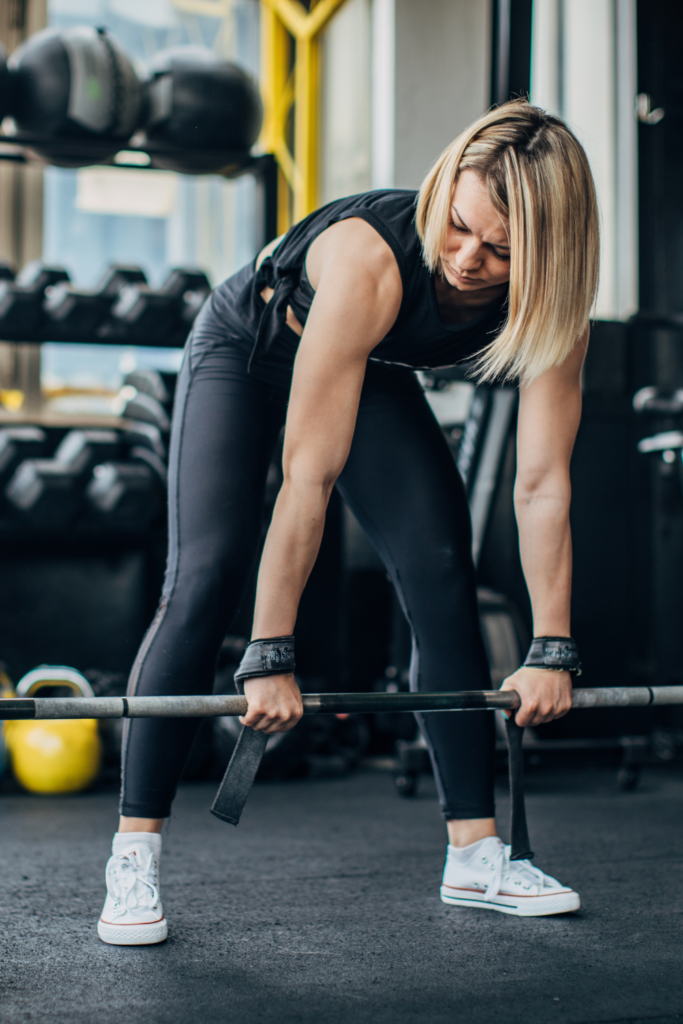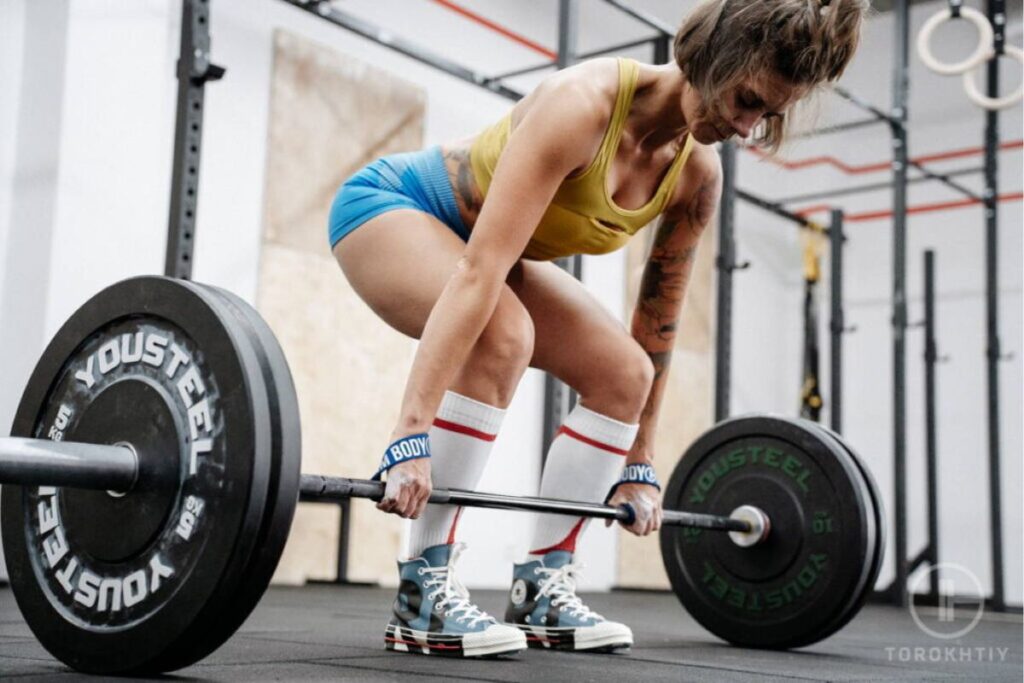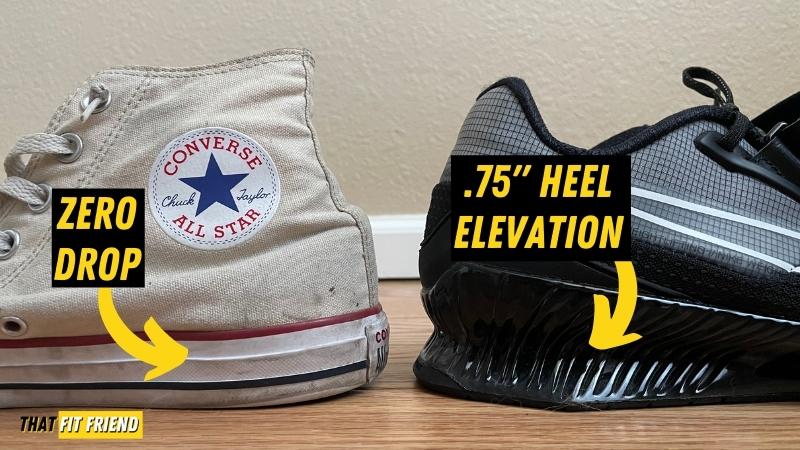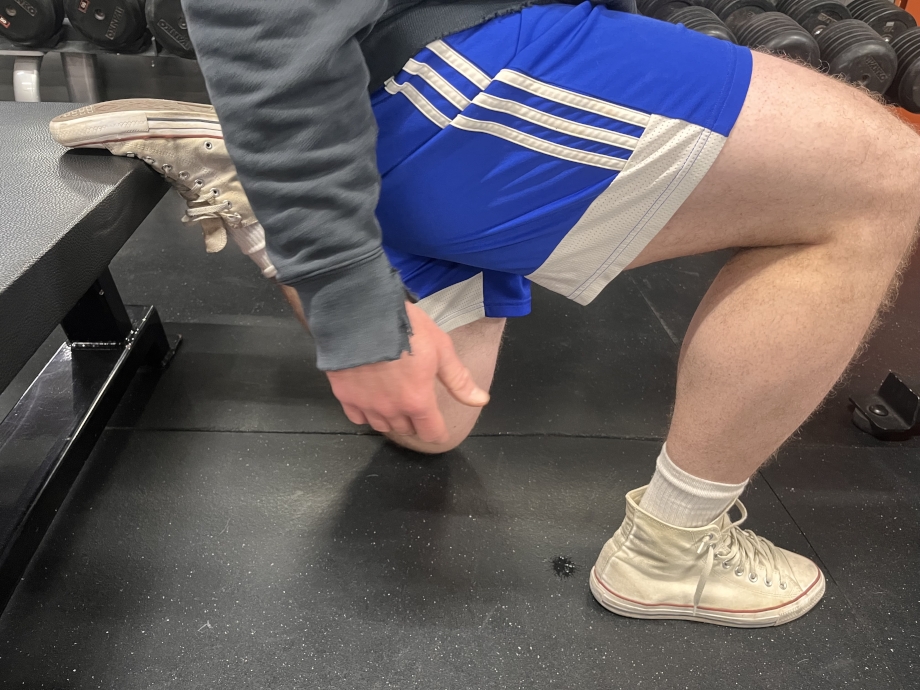When it comes to gym footwear, the options are seemingly endless. Among the myriad of choices, Converse shoes have made a surprising appearance in gyms across the USA. But are Converse good gym shoes? In this comprehensive guide, we’ll delve into the pros and cons of using Converse for your workouts, compare them with other popular gym shoes, and help you decide if they’re the right fit for your fitness routine.
The History of Converse in Fitness Culture
Converse, particularly the iconic Chuck Taylor All Stars, have been a staple in American fashion since the early 20th century. Originally designed as basketball shoes in the 1920s, they’ve transcended their athletic origins to become a cultural phenomenon.
From the Basketball Court to the Weight Room
While Converse shoes were first embraced by basketball players, their flat soles and sturdy construction have recently caught the attention of weightlifters and fitness enthusiasts. Their rise in gym popularity is not just a fashion statement but also stems from functional benefits for certain types of workouts.

Pros of Wearing Converse at the Gym
1. Flat Sole for Stability

Converse shoes have a flat rubber sole that provides a stable base. For exercises like deadlifts and squats, stability is crucial to maintain proper form and prevent injuries.
2. Minimal Cushioning Enhances Ground Feel

The minimal cushioning allows for better proprioception, meaning you can feel the ground beneath you. This is beneficial for lifts that require precise foot placement and balance.
3. Affordability

Compared to specialized lifting shoes, Converse sneakers are relatively affordable, making them accessible for gym-goers on a budget.
4. Ankle Support (High-Tops)

The high-top versions offer additional ankle support, which can be helpful during heavy lifts.
Cons of Wearing Converse at the Gym

1. Lack of Cushioning for High-Impact Activities
Converse shoes lack the cushioning needed for high-impact exercises like running or plyometrics. This can lead to discomfort or injuries over time.

2. Minimal Arch Support
For those with flat feet or requiring arch support, Converse may not provide the necessary support, potentially leading to foot fatigue or pain.

3. Durability Concerns
While sturdy, Converse shoes are not designed specifically for gym use and may wear out faster when subjected to rigorous workouts.
Comparing Converse with Other Gym Shoes
| Feature | Converse | Nike Metcon | Adidas Powerlift |
|---|---|---|---|
| Flat Sole | Yes | Slight Heel Raise | Elevated Heel |
| Cushioning | Minimal | Moderate | Minimal |
| Ankle Support | High (in High-Tops) | Low | Low |
| Price Range | $50-$70 | $120-$130 | $100-$110 |
| Best For | Weightlifting | Cross-Training | Powerlifting |
When to Wear Converse at the Gym
Ideal Workouts for Converse Shoes
- Weightlifting: Deadlifts, squats, and overhead presses.
- Bodyweight Exercises: Push-ups, pull-ups, and dips.
- Static Movements: Planks and isometric holds.
Workouts to Avoid in Converse Shoes
- Running: Lack of cushioning can lead to joint stress.
- Plyometrics: Insufficient shock absorption for jumping exercises.
- High-Intensity Interval Training (HIIT): Rapid movements require more support and cushioning.
Expert Opinions
According to a study published in the Journal of Strength and Conditioning Research, footwear with minimal cushioning can enhance lifting performance by providing better force transfer to the ground.
“Minimalist shoes can improve stability during heavy lifts,” says Dr. Emily Smith, a sports physiotherapist based in New York.
Tips for Using Converse as Gym Shoes
1. Ensure Proper Fit
A snug fit prevents your foot from sliding inside the shoe, which is essential for stability.
2. Use Insoles if Necessary
If you require arch support, consider adding orthopedic insoles to your Converse shoes.
3. Reserve Them for Specific Workouts
Use Converse shoes for weightlifting sessions and switch to appropriate footwear for cardio or high-impact activities.
Alternatives to Converse for Gym Use
Nike Metcon Series
Designed for cross-training, the Nike Metcon offers a balance between stability and flexibility.
Reebok Nano Series
Another popular choice for functional fitness, providing support for a variety of movements.
Dedicated Weightlifting Shoes
Shoes like the Adidas Powerlift come with an elevated heel and extra support for serious lifters.
Conclusion
So, are Converse good gym shoes? The answer depends on your workout needs. For weightlifting and exercises that benefit from a flat, stable base, Converse can be an excellent, cost-effective option. However, for activities that require cushioning and arch support, you might be better off with shoes designed specifically for those purposes.
Consider your fitness goals and the types of workouts you engage in before making a decision. With the right approach, Converse shoes can be a valuable addition to your gym gear.
FAQs
1. Can I use Converse shoes for running?
Converse shoes are not ideal for running due to their minimal cushioning and lack of arch support. Running in Converse can lead to discomfort and increase the risk of injury.
2. Are high-top Converse better than low-tops for the gym?
High-top Converse offer additional ankle support, which can be beneficial during weightlifting. However, the choice between high-tops and low-tops ultimately depends on personal preference and comfort.
3. Do professional athletes use Converse for training?
Some athletes use Converse for specific training purposes, particularly in powerlifting and bodybuilding, where a flat sole is advantageous. However, most professional athletes opt for sport-specific footwear.
4. How do Converse compare to barefoot lifting?
Converse provide a similar flat sole experience to barefoot lifting but offer protection and grip that barefoot lifting does not. They are a middle ground between barefoot lifting and wearing cushioned athletic shoes.
5. Can I use Converse for CrossFit workouts?
While Converse can be suitable for the lifting components of CrossFit, they may not provide the versatility needed for the varied movements in CrossFit workouts. Shoes like the Reebok Nano or Nike Metcon are better suited for CrossFit.
